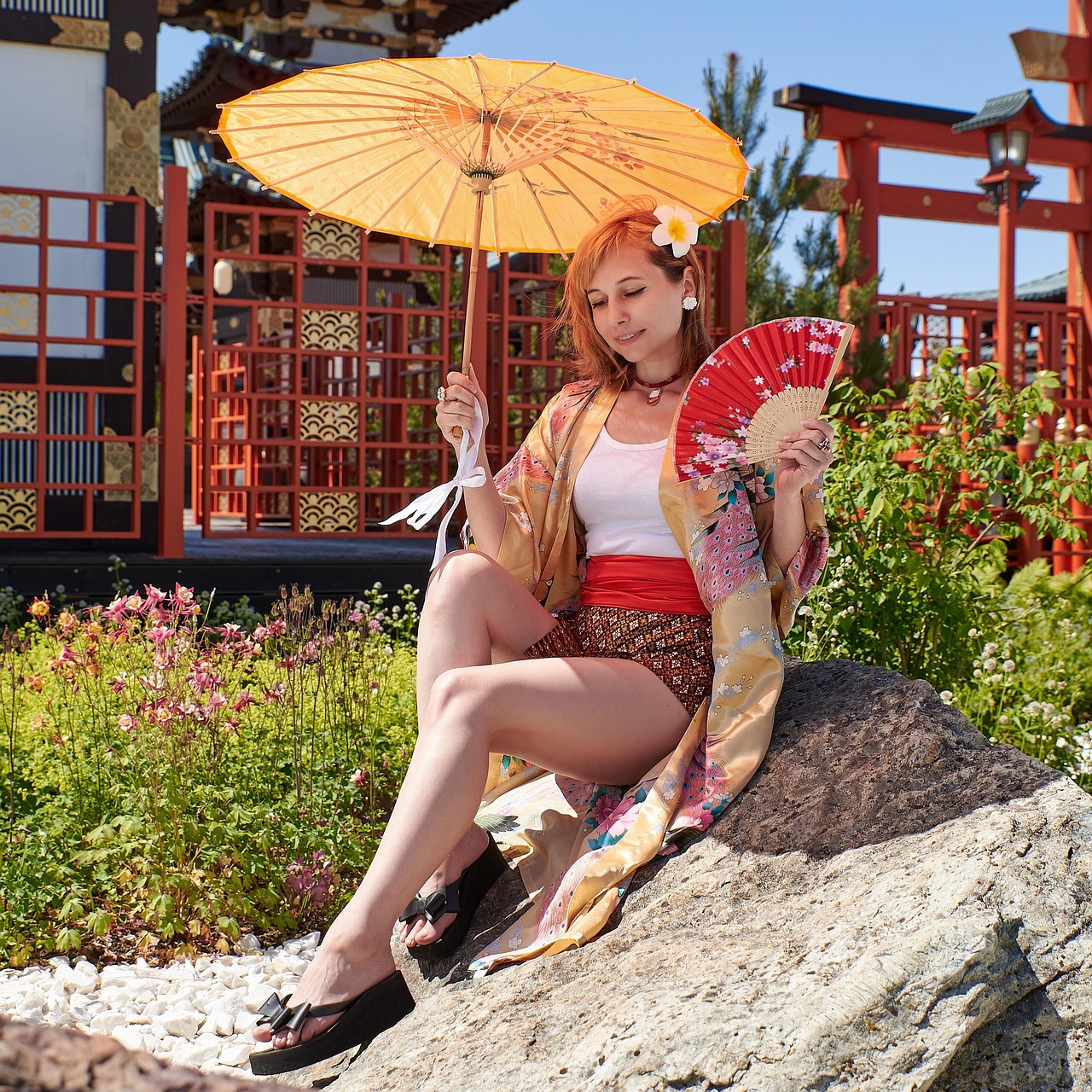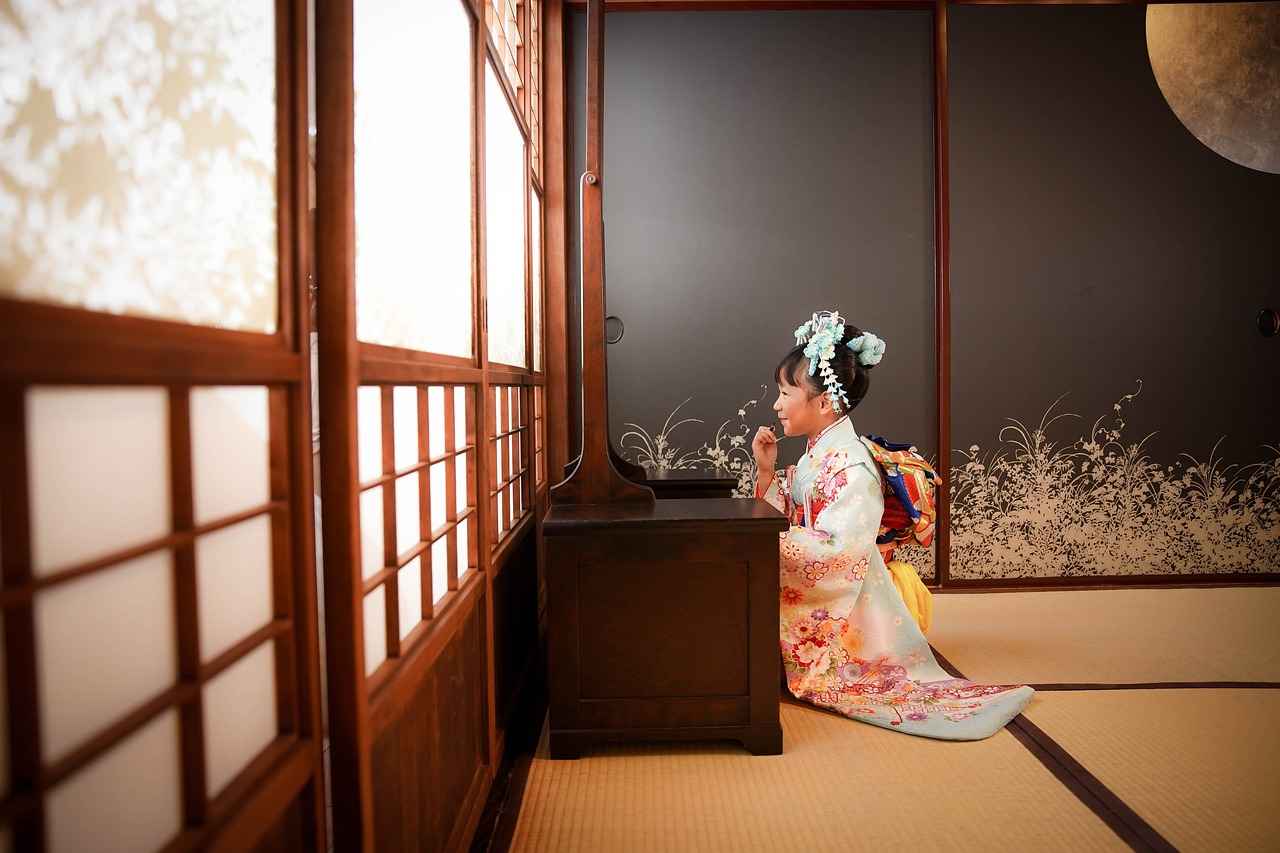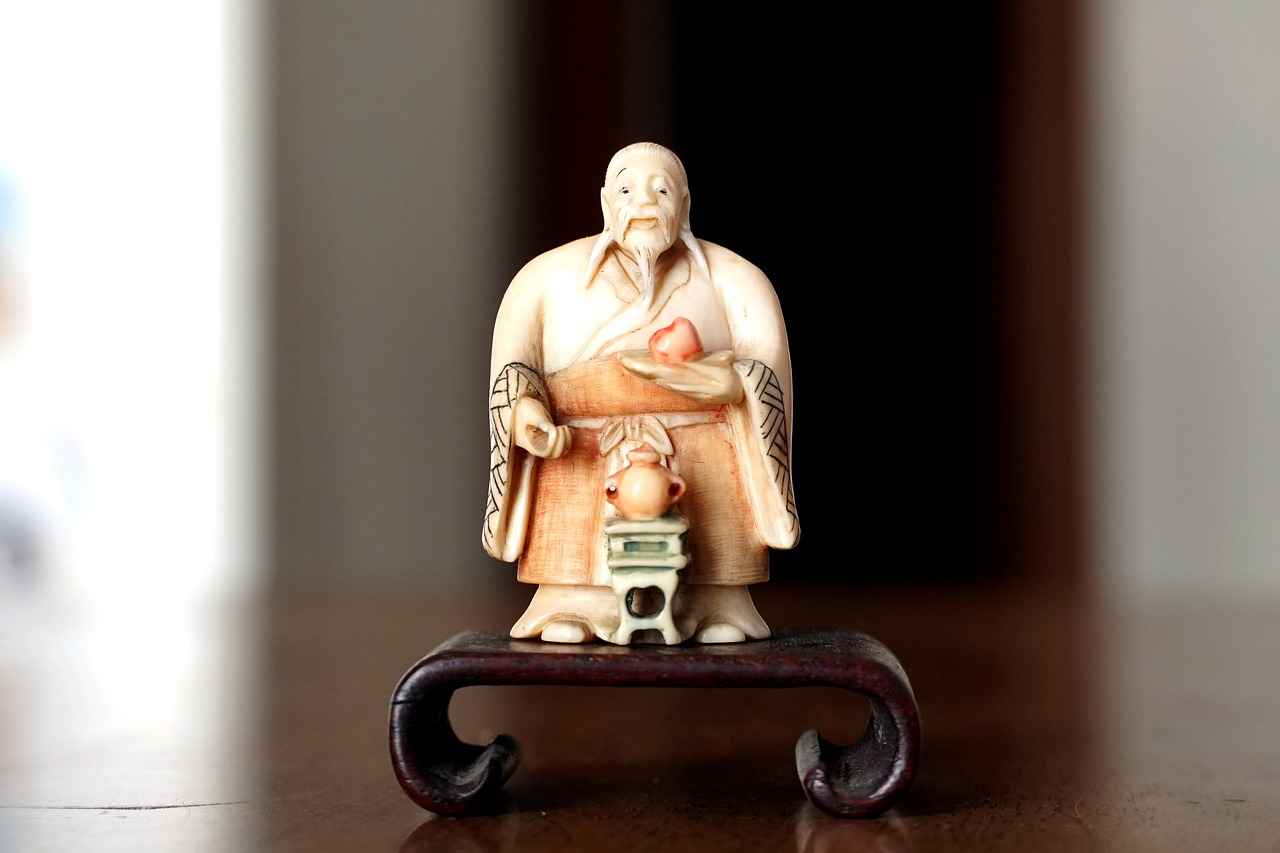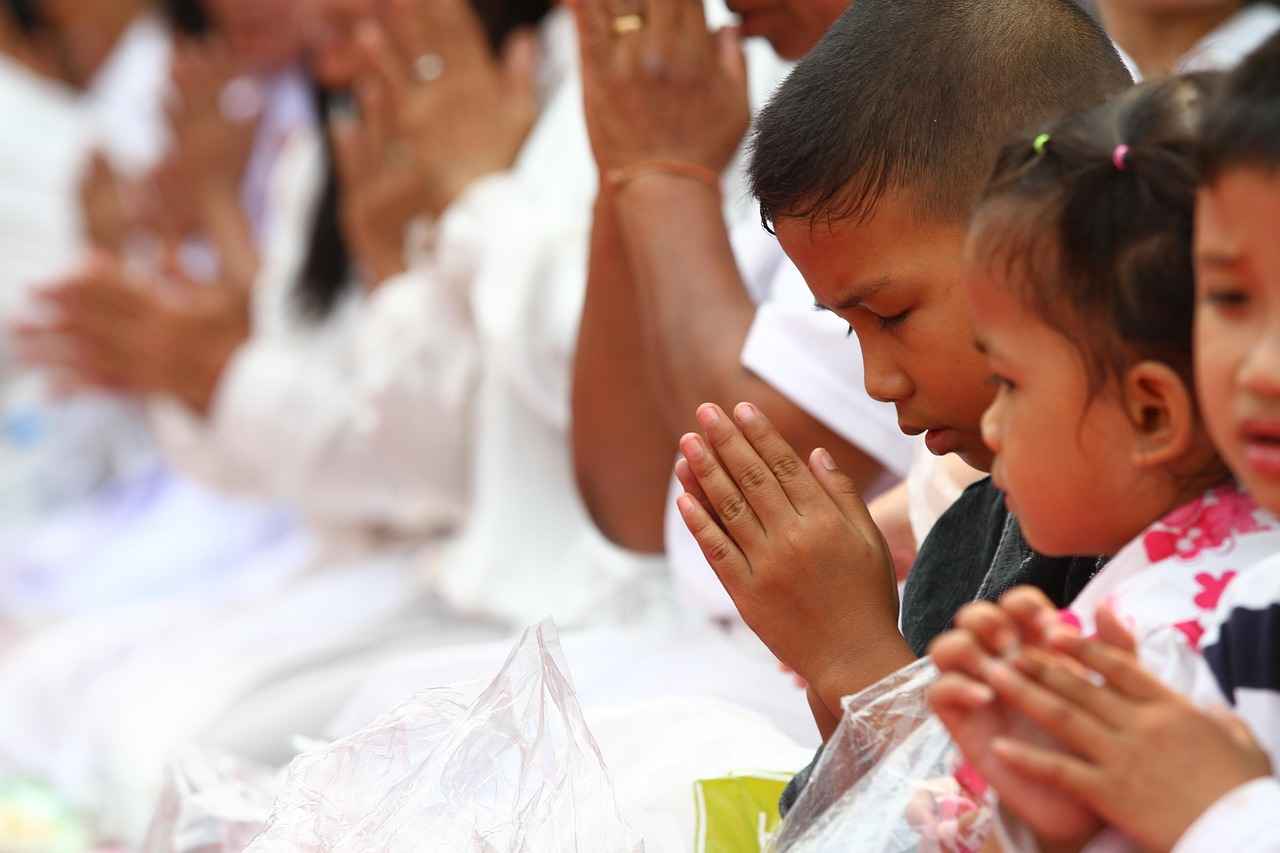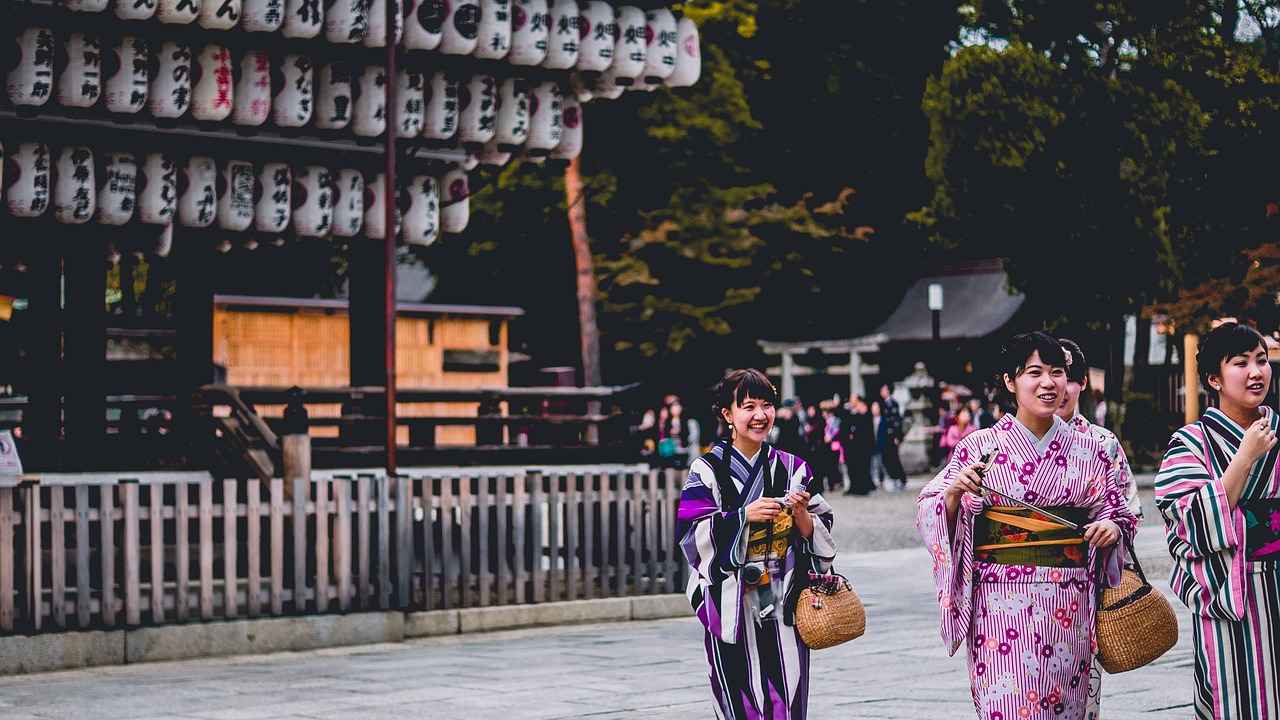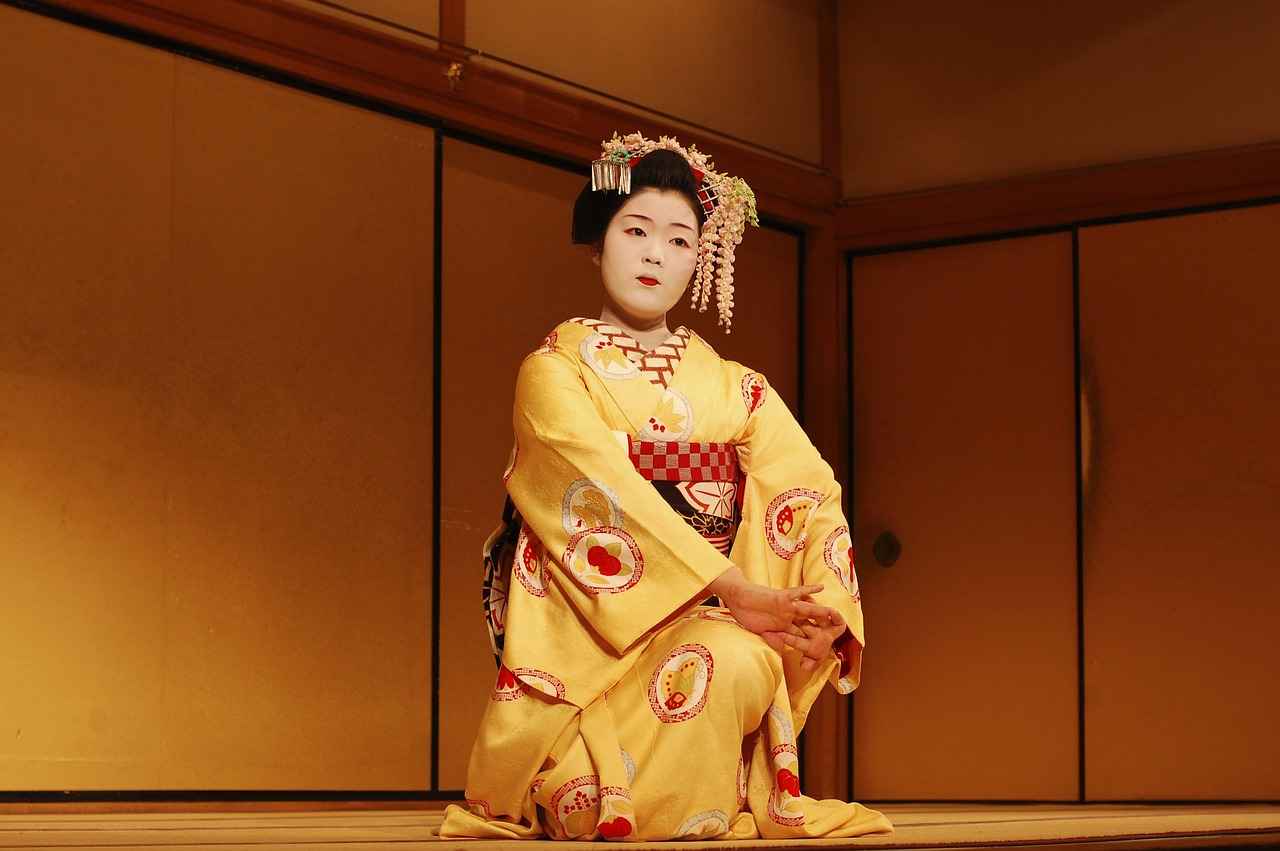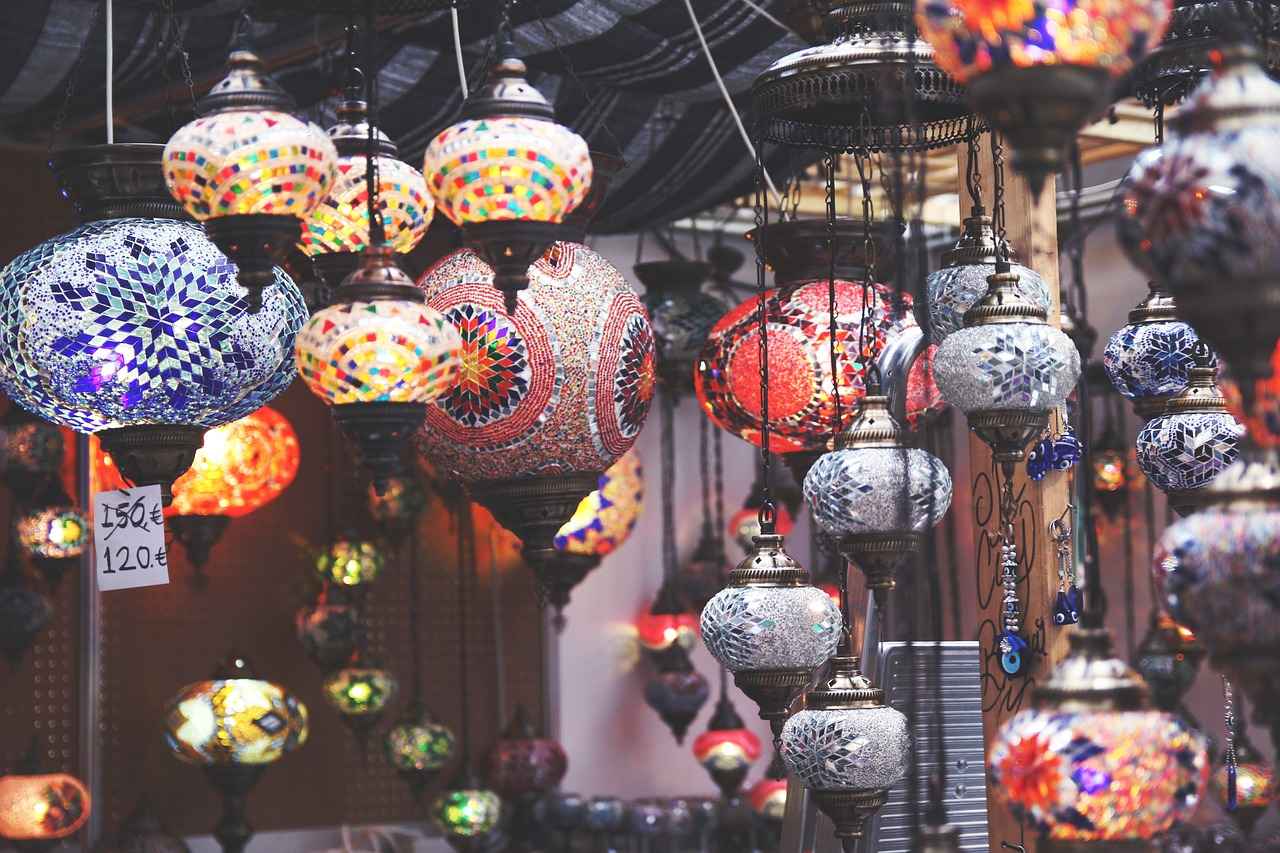This article delves into the distinctions between a hakama kimono and a regular kimono, examining their history, design, cultural significance, and practical uses. This comprehensive overview provides a deeper understanding of these traditional garments.
Understanding the Kimono
Kimonos are traditional Japanese garments recognized for their unique designs and cultural significance. They are worn for a range of occasions, from casual outings to formal ceremonies, each style reflecting the rich heritage of Japan.
The Origin of the Hakama
The hakama has a rich history in Japan, originally evolving from the attire of ancient warriors. Over time, it has transformed into a symbol of formal wear, frequently associated with martial arts and traditional ceremonies.
Historical Context of the Hakama
The evolution of the hakama mirrors Japan’s cultural and social changes. Initially a practical garment for samurai, it has transitioned into a ceremonial outfit for various occasions.
Hakama in Samurai Culture
In samurai culture, the hakama was essential for both mobility and protection, embodying the warrior’s spirit and discipline. It remains a significant garment in martial arts today.
Modern Adaptations of the Hakama
Today, the hakama is worn during various ceremonies, such as weddings and graduations, showcasing its versatility beyond its historical military roots.
Types of Kimonos
Kimonos come in various styles and fabrics, each tailored for different occasions, from the casual yukata to the formal furisode, highlighting Japan’s rich textile heritage.
Key Differences in Design
The design elements of hakama and regular kimonos differ significantly. These differences affect their appearance, fabric choice, and overall aesthetic, catering to specific cultural contexts.
Fabric and Color Choices
Both kimonos and hakama are crafted from a variety of fabrics, with specific colors and patterns symbolizing different meanings. The choice of fabric often depends on the occasion and personal preference.
Silhouette and Structure
The silhouette of a hakama is distinct, featuring pleats and a wider fit compared to the more fitted structure of regular kimonos. This design enhances comfort and movement.
Cultural Significance of Each Garment
Both garments carry unique cultural meanings, representing various aspects of Japanese heritage, from celebrations to rites of passage, and embodying a deep respect for tradition.
Wearing Occasions for Hakama
Hakama are typically worn during formal events, such as weddings and ceremonies, signifying respect and honor. In contrast, regular kimonos serve both casual and formal purposes.
Symbolism in Kimono Patterns
The patterns found on kimonos often symbolize natural elements, seasons, and auspicious meanings, adding depth to their cultural significance and personal expression.
Conclusion: Choosing Between Hakama and Kimono
Understanding the differences between hakama and regular kimonos is essential for making informed choices for various occasions, celebrating Japan’s rich cultural heritage through attire.

Understanding the Kimono
Kimonos are not merely garments; they are a vibrant representation of Japanese culture and history. Recognized for their intricate designs and rich symbolism, kimonos serve various purposes, from everyday wear to formal ceremonies. Their unique characteristics make them a staple in traditional Japanese fashion.
Originating over a thousand years ago, the kimono’s design has evolved significantly, reflecting changes in society, art, and fashion. Traditionally, kimonos are made from silk, cotton, or synthetic materials, and their colors and patterns often convey specific meanings. For instance, bright colors and elaborate designs are typically reserved for celebratory occasions, while more subdued tones are appropriate for somber events.
The versatility of kimonos allows them to be worn in numerous settings. From the casual yukata worn during summer festivals to the formal furisode donned by young women at coming-of-age ceremonies, each style serves a distinct purpose. This adaptability highlights the kimono’s importance in both everyday life and significant cultural events.
| Kimono Type | Occasion | Fabric |
|---|---|---|
| Yukata | Casual outings, festivals | Cotton |
| Furisode | Coming-of-age ceremonies, weddings | Silk |
| Tomesode | Formal events | Silk |
Moreover, the kimono’s structure is also noteworthy. Typically, kimonos feature wide sleeves and a wrap-around design, secured with an obi (a wide belt). This not only contributes to their aesthetic appeal but also allows for a comfortable fit. The layering of garments, including undergarments and accessories, adds depth to the overall look.
In conclusion, understanding the kimono is essential for appreciating its role in Japanese culture. Whether worn for daily activities or special occasions, kimonos embody a rich history and a deep connection to tradition, making them a fascinating subject for anyone interested in fashion and cultural studies.

The Origin of the Hakama
The hakama is a traditional Japanese garment with a rich and complex history, deeply intertwined with the cultural fabric of Japan. Originally designed for samurai warriors, the hakama served a practical purpose, allowing for ease of movement and protection during combat. Over time, this garment evolved, transforming from utilitarian wear into a symbol of formality and respect, particularly in the context of martial arts and traditional ceremonies.
The evolution of the hakama reflects significant shifts in Japanese society. In its early days, the hakama was primarily worn by the samurai class, representing their status and discipline. As Japan transitioned through various historical periods, the hakama began to be associated with formal events, such as weddings, graduations, and religious ceremonies. This shift highlights the garment’s adaptability and enduring significance in Japanese culture.
In addition to its historical context, the hakama is characterized by its unique design. Typically featuring a wide, pleated silhouette, the hakama offers both comfort and a striking appearance. Unlike regular kimonos, which are often more fitted, the hakama allows for greater freedom of movement, making it particularly suitable for martial arts practitioners. This functional design element remains a key reason for its continued use in dojos and training halls across Japan.
In modern times, the hakama has transcended its warrior roots, becoming a versatile garment that is embraced in various formal settings. Its ability to convey respect and honor makes it a preferred choice for significant life events, reinforcing its status as a cherished piece of Japanese heritage.
In conclusion, the hakama’s journey from a practical warrior’s outfit to a revered symbol of formality illustrates the dynamic nature of Japanese culture. Understanding its origins and significance enriches our appreciation of this remarkable garment.
Historical Context of the Hakama
The hakama has a rich history deeply intertwined with Japan’s cultural and social evolution. Originally, it served as a practical garment for the samurai, providing both functionality and a sense of identity. As Japan transitioned through various historical periods, the hakama adapted to reflect these changes, eventually becoming a ceremonial outfit worn during significant occasions.
In the early days, the hakama was primarily designed for mobility and protection on the battlefield. Its wide-legged structure allowed samurai to move freely while wearing armor, embodying the spirit of the warrior class. This practical use was essential in a society where honor and combat skills were paramount.
As Japan entered the Edo period, the social structure shifted, and the role of the samurai transformed from warriors to bureaucrats. During this time, the hakama began to symbolize not only status but also cultural refinement. It became associated with formal ceremonies, such as weddings, graduations, and religious events, marking significant life transitions.
Today, the hakama is embraced in various contexts, particularly in martial arts, where it serves as a uniform that signifies discipline and respect for tradition. It is also a popular choice for formal occasions, reflecting a blend of historical significance and contemporary fashion.
In summary, the evolution of the hakama from a practical samurai garment to a ceremonial outfit illustrates Japan’s dynamic cultural landscape. Its enduring presence in both traditional and modern settings highlights the garment’s versatility and deep-rooted significance in Japanese heritage.
Hakama in Samurai Culture
The hakama holds a significant place in the realm of samurai culture, representing not just a piece of clothing but a symbol of the warrior’s spirit and discipline. Historically, the hakama was designed to enhance mobility and provide protection during combat, allowing samurai to move freely while safeguarding their bodies. Its unique design, characterized by wide pleats and a flowing silhouette, facilitated ease of movement, which was essential for the agility required in battle.
As the samurai class evolved, so too did the significance of the hakama. It became a representation of honor and status, often worn during formal ceremonies and rituals. The garment’s association with the samurai transcended mere functionality; it embodied the values of loyalty, courage, and self-discipline that defined the samurai ethos. The hakama was not just attire; it was a visual manifestation of the samurai’s commitment to their code of conduct.
In contemporary times, the hakama continues to be worn in various martial arts, such as kendo and aikido, where practitioners don the garment as a nod to its historical roots. This practice serves to remind students of the discipline and respect inherent in martial arts training. The hakama’s enduring presence in these disciplines highlights its role as a bridge between tradition and modernity, allowing new generations to connect with the cultural heritage of Japan.
In conclusion, the hakama is much more than a traditional garment; it is a powerful symbol of the samurai’s legacy, embodying the principles and values that have shaped Japanese culture over centuries. Its continued relevance in martial arts today underscores the importance of honoring and preserving this rich heritage.
Modern Adaptations of the Hakama
The hakama is a traditional Japanese garment that has undergone significant transformations over the years. Initially worn by samurai, its purpose has evolved, leading to its modern adaptations in various ceremonial settings.
Today, the hakama is not just a relic of the past; it has become a versatile piece of clothing that is prominently featured in important life events. For instance, during weddings, the hakama is often worn by the groom, symbolizing strength and dignity. The rich fabrics and intricate designs of the hakama enhance the ceremonial atmosphere, allowing the wearer to embody tradition while celebrating a new beginning.
Similarly, during graduation ceremonies, many graduates choose to wear the hakama, signifying a transition and the culmination of years of hard work. The garment’s flowing silhouette is not only visually striking but also represents the grace and formality of the occasion. Graduates often pair their hakama with a traditional kimono, blending modern achievements with cultural heritage.
The hakama’s adaptability extends beyond these events. It is also worn during various cultural festivals and martial arts demonstrations, showcasing its enduring relevance in contemporary Japanese society. In martial arts, practitioners don the hakama as a mark of respect and discipline, connecting them to the historical roots of their practice.
In conclusion, the modern adaptations of the hakama reflect its journey from a military garment to a symbol of cultural significance in various ceremonies. This evolution not only highlights the garment’s versatility but also reinforces its importance in celebrating Japan’s rich traditions. As the hakama continues to be embraced in modern contexts, it serves as a beautiful reminder of the past while remaining relevant in today’s world.
Types of Kimonos
are as diverse as the rich culture of Japan itself. Each style serves a unique purpose, reflecting the traditions and occasions for which they are worn. This article delves into the various types of kimonos, highlighting their characteristics, uses, and cultural significance.
The kimono, a symbol of Japanese heritage, comes in several styles, with each crafted from different fabrics and designed for specific occasions. Here are some of the most notable types:
- Yukata: A casual summer kimono made from lightweight cotton, often worn during festivals and at hot spring resorts. Its vibrant colors and patterns make it a popular choice for outdoor events.
- Furisode: This is a formal kimono characterized by its long, flowing sleeves. Typically worn by young unmarried women, it is often seen at weddings, coming-of-age ceremonies, and other significant celebrations.
- Tomesode: A formal kimono for married women, recognized by its shorter sleeves and elegant designs. Tomesode often features intricate patterns and is worn during formal events, such as weddings and tea ceremonies.
- Hifu: A traditional kimono style that resembles a jacket, often worn over other garments. It is commonly used in colder months and can be paired with various outfits.
- Jinbei: This is a two-piece outfit consisting of a top and shorts, commonly worn during summer festivals. It is comfortable and casual, making it ideal for warm weather.
Each type of kimono not only serves a practical purpose but also carries cultural significance, often symbolizing the wearer’s status, age, and the occasion being celebrated. The choice of fabric, color, and pattern further enhances the meaning behind each garment.
In conclusion, understanding the different types of kimonos enriches one’s appreciation of Japanese culture. Whether for casual wear or formal events, each kimono type plays a vital role in the tapestry of Japan’s textile heritage.
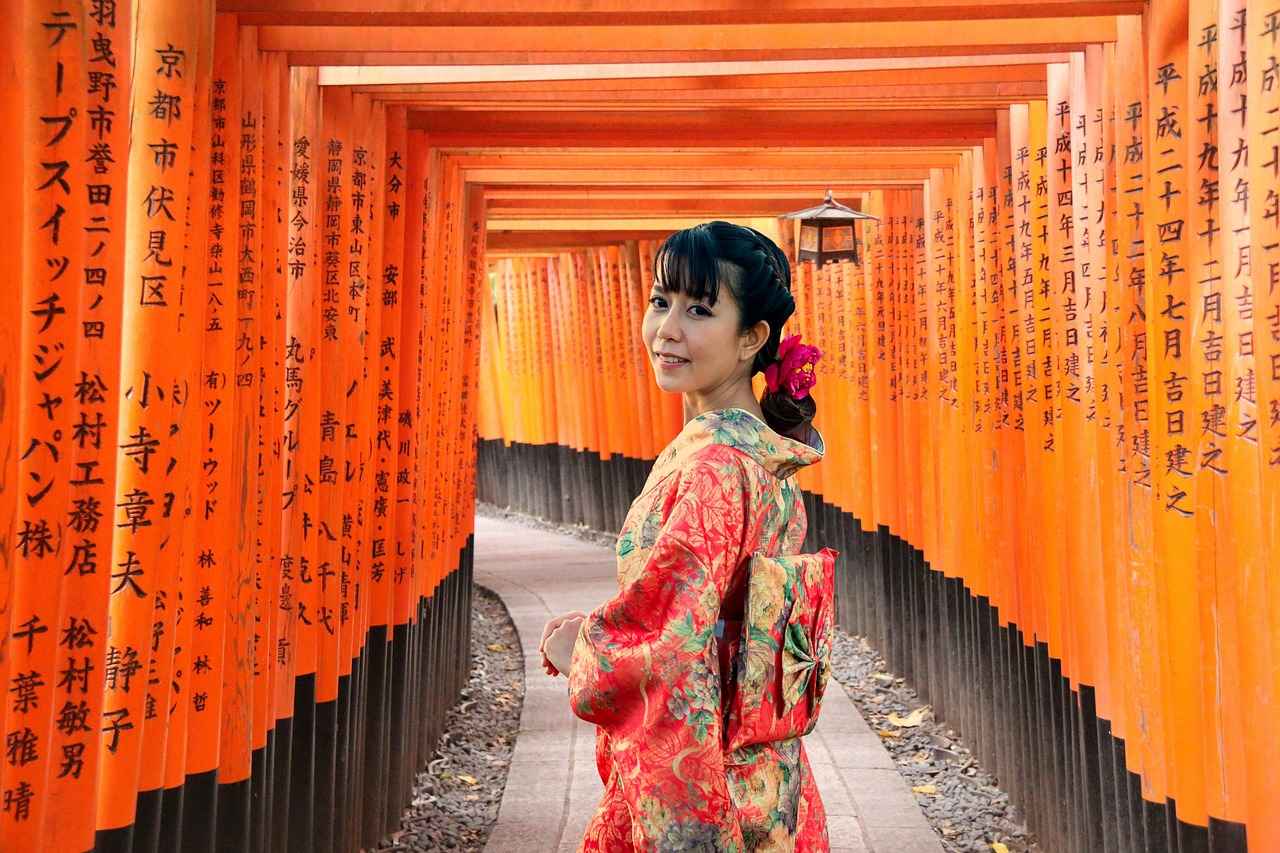
Key Differences in Design
The design elements of hakama and regular kimonos differ significantly, affecting their appearance, fabric choice, and overall aesthetic. These differences cater to specific cultural contexts and practical uses, and understanding them can enhance appreciation for these traditional garments.
| Aspect | Hakama | Regular Kimono |
|---|---|---|
| Silhouette | Features a wide, flowing design with pleats, allowing for greater freedom of movement. | Typically more fitted, emphasizing the body’s shape and contours. |
| Fabric Choice | Often made from heavier materials like cotton or silk, suitable for formal occasions. | Crafted from a variety of fabrics, ranging from lightweight cotton for casual wear to luxurious silk for formal events. |
| Color and Patterns | Usually solid colors or simple patterns, symbolizing formality and respect. | Rich in colors and intricate patterns, often representing seasonal motifs and personal significance. |
The silhouette of a hakama is distinct, featuring pleats and a wider fit compared to the more fitted structure of regular kimonos. This design enhances comfort and movement, making hakama particularly suitable for activities such as martial arts and formal ceremonies.
In contrast, regular kimonos come in various styles, each suited for different occasions. For instance, the yukata is a casual summer kimono, while the furisode is a formal kimono for young women, characterized by long sleeves and vibrant colors.
Understanding these key design differences allows individuals to appreciate the cultural significance behind each garment, ensuring that they choose the appropriate attire for various occasions.
Fabric and Color Choices
play a pivotal role in the aesthetic and cultural significance of kimonos and hakama. These garments are not just clothing; they are woven expressions of art and tradition that reflect the wearer’s identity, occasion, and even the season.
Kimonos are traditionally made from a variety of fabrics, including silk, cotton, and linen. Each fabric choice contributes to the overall feel and appropriateness of the garment for different occasions. For instance, silk kimonos are often reserved for formal events due to their luxurious texture and appearance, while cotton kimonos, such as yukata, are more common in casual settings and summer festivals.
The color palette of kimonos and hakama is equally significant. Colors are often chosen based on their symbolic meanings. For example:
- Red symbolizes happiness and good fortune.
- White represents purity and is commonly worn at weddings.
- Black is associated with mourning and is typically reserved for funerals.
- Blue signifies calm and stability, making it a popular choice for everyday wear.
Moreover, the patterns on these garments are rich in meaning. Traditional motifs, such as chrysanthemums and plum blossoms, are often used to represent the changing seasons or to convey wishes for prosperity and longevity. The choice of pattern can also reflect the wearer’s personal story, aspirations, or family heritage.
Ultimately, the selection of fabric and color in kimonos and hakama is a thoughtful process that intertwines personal preference with cultural significance. Understanding these choices can enhance appreciation for the artistry and history behind these iconic garments.
Silhouette and Structure
The silhouette and structure of traditional Japanese garments, particularly the hakama and regular kimono, are essential aspects that differentiate these two iconic pieces of clothing. While both garments are steeped in rich cultural history, their designs serve distinct purposes, enhancing both functionality and aesthetics.
The hakama is characterized by its unique silhouette, which features a series of pleats that allow for greater freedom of movement. This wider fit not only provides comfort but also facilitates activities such as martial arts or ceremonial dances, where agility is crucial. The hakama is typically worn over a kimono, creating a layered effect that adds depth to the overall appearance.
In contrast, the regular kimono presents a more fitted structure, tailored closely to the body. This design emphasizes the natural curves and lines of the wearer, often adorned with intricate patterns and vibrant colors that reflect personal style and cultural significance. The fitted nature of the kimono can sometimes restrict movement, particularly in more active settings, making it less suitable for activities requiring agility.
| Feature | Hakama | Regular Kimono |
|---|---|---|
| Fit | Wider, pleated | Fitted, tailored |
| Movement | Enhanced comfort and mobility | More restricted |
| Layering | Worn over a kimono | Worn alone or layered |
Both garments hold significant cultural weight, with the hakama often associated with formal events and traditional practices, while the kimono can range from casual to ceremonial wear. Understanding these differences in silhouette and structure not only enriches one’s appreciation for Japanese fashion but also aids in selecting the appropriate attire for various occasions.
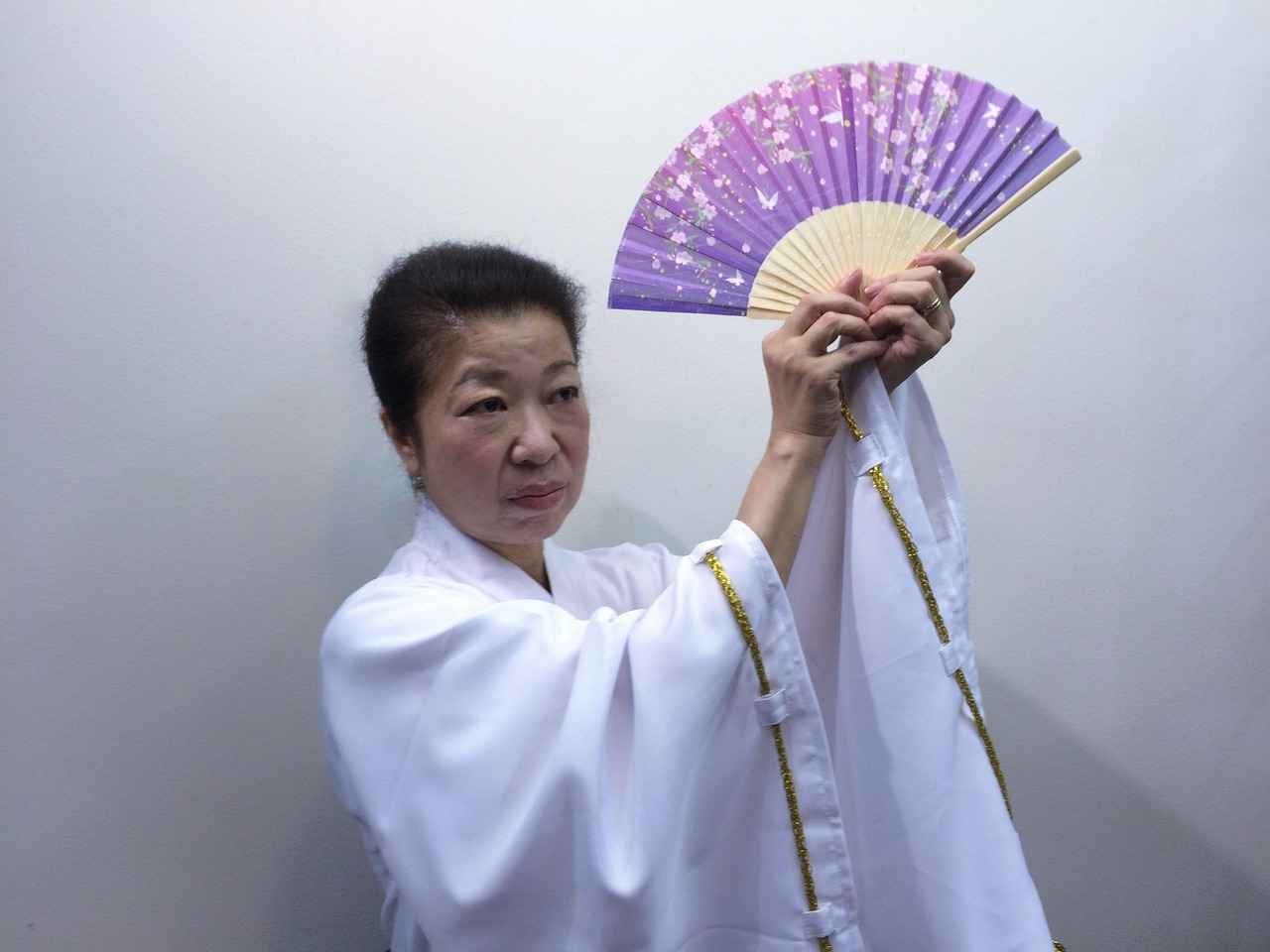
Cultural Significance of Each Garment
The cultural significance of both the hakama kimono and the regular kimono extends far beyond their physical appearance. These garments are deeply woven into the fabric of Japanese society, representing a rich tapestry of traditions, beliefs, and ceremonies that have evolved over centuries.
Hakama are often associated with formal events such as weddings, graduations, and martial arts ceremonies. Wearing a hakama signifies a deep respect for the occasion and the cultural heritage it represents. The pleats of the hakama not only enhance its aesthetic appeal but also symbolize the wearer’s journey and experiences, making it a garment of significance during important life milestones.
On the other hand, regular kimonos serve a broader purpose, being suitable for both casual and formal settings. They are worn during festivals, family gatherings, and even everyday life, showcasing the wearer’s personality through vibrant patterns and colors. The designs often reflect seasonal motifs, which connect the wearer to nature and the changing times, embodying a sense of harmony with the environment.
| Garment | Occasions | Symbolism |
|---|---|---|
| Hakama | Weddings, Graduations, Martial Arts | Respect, Honor, Journey |
| Regular Kimono | Festivals, Family Gatherings, Everyday Wear | Personality, Nature, Seasons |
Both garments not only serve as clothing but also as a reflection of Japanese identity. The patterns and colors chosen often carry specific meanings, allowing individuals to express their cultural values and personal stories. For instance, certain motifs may symbolize good fortune or longevity, while others may represent specific seasons or natural elements.
In conclusion, understanding the cultural significance of the hakama and regular kimono enriches our appreciation of these traditional garments. They are not merely clothing; they are vessels of history, identity, and respect for the traditions that continue to shape Japanese society today.
Wearing Occasions for Hakama
The hakama is a traditional Japanese garment that holds a significant place in various cultural and ceremonial contexts. Its unique design and historical background make it a preferred choice for specific occasions, particularly those that require a sense of formality and respect.
Typically, hakama are worn during formal events such as weddings, graduations, and traditional ceremonies. These occasions often call for attire that signifies honor and reverence, making the hakama an ideal choice. The garment is often paired with a kimono, which serves as the base layer, enhancing the overall aesthetic and cultural significance of the outfit.
In addition to weddings, hakama are also commonly seen in martial arts practices, where they symbolize discipline and respect for tradition. Practitioners of disciplines such as kendo and aikido wear hakama during training and competitions, reflecting the garment’s historical roots in samurai culture.
Moreover, hakama are worn during Shinto ceremonies, where participants may don this attire to show respect for the rituals and traditions being observed. The flowing fabric and distinct pleats of the hakama add a sense of grace and elegance to the occasion, making it a visually striking choice.
In contrast, regular kimonos can be worn for both casual and formal purposes, allowing for greater versatility. This flexibility means that kimonos can be appropriate for everyday wear, festivals, and informal gatherings, showcasing a broader range of styles and fabrics.
In conclusion, the hakama is a garment steeped in tradition and cultural significance, primarily reserved for formal events and ceremonial occasions. Understanding the appropriate contexts for wearing hakama versus regular kimonos can enhance one’s appreciation for Japanese culture and its rich textile heritage.
Symbolism in Kimono Patterns
Kimonos are not just garments; they are a canvas that tells a story through intricate patterns and designs. Each motif is steeped in cultural significance, often reflecting elements of nature, seasonal changes, and auspicious meanings. This rich tapestry of symbolism adds profound depth to the kimono, transforming it into a personal expression of the wearer’s identity and values.
- Natural Elements: Many kimono patterns draw inspiration from nature, incorporating motifs such as flowers, waves, and mountains. For instance, the cherry blossom symbolizes the fleeting nature of life, while cranes represent longevity and good fortune.
- Seasonal Themes: Patterns often change with the seasons. Spring kimonos may feature blooming flowers, while autumn designs might highlight falling leaves. This seasonal connection allows wearers to celebrate the beauty of nature throughout the year.
- Auspicious Symbols: Certain patterns are believed to bring good luck and prosperity. For example, the kikkō (tortoise shell) pattern symbolizes longevity and resilience, making it a popular choice for celebratory occasions.
Moreover, the choice of colors in kimono patterns also plays a significant role in their symbolism. Bright colors like red and gold are often associated with celebrations and happiness, while muted tones may be reserved for more solemn occasions. This careful selection of colors and patterns allows individuals to convey their emotions and intentions through their attire.
In conclusion, the patterns on kimonos are not merely decorative; they are a rich language of symbols that communicate the wearer’s connection to nature, culture, and personal beliefs. By understanding these symbols, one can appreciate the deeper meanings woven into each garment, celebrating the artistry and tradition of kimono-making.

Conclusion: Choosing Between Hakama and Kimono
Understanding the differences between hakama and regular kimonos is essential for anyone looking to embrace Japan’s rich cultural heritage through their attire. Each garment has its unique characteristics, history, and significance that cater to specific occasions.
The kimono, a staple of Japanese fashion, is versatile and can be worn for both casual and formal events. It is characterized by its beautiful patterns and colors, which often reflect nature and seasons. On the other hand, the hakama, with its distinct pleated design, is typically reserved for more formal settings, such as weddings or traditional ceremonies. This garment symbolizes respect and honor, making it a popular choice for significant life events.
When choosing between a hakama and a regular kimono, consider the occasion and the message you wish to convey. For instance, if you are attending a formal ceremony, the hakama might be the more appropriate choice. However, for casual gatherings or festivals, a regular kimono would be suitable. Additionally, the fabric and color choices can greatly influence the garment’s appropriateness for specific events.
Moreover, understanding the cultural significance behind each garment enhances the experience of wearing them. Kimonos often carry personal stories and meanings, while hakama can represent one’s dedication to tradition and formality. By making informed choices, individuals can celebrate and honor Japan’s cultural heritage through their attire, ensuring that they not only look beautiful but also feel connected to the rich history that these garments represent.
In conclusion, whether one opts for a hakama or a regular kimono, both garments offer a profound way to engage with Japanese culture. By appreciating their differences and significance, individuals can make choices that reflect their personal style and respect for tradition.
Frequently Asked Questions
- What is the primary difference between a hakama and a regular kimono?
The main difference lies in their design and purpose. A hakama features a distinct silhouette with pleats and a wider fit, making it suitable for formal occasions, while a regular kimono is more fitted and versatile for both casual and formal events.
- When should I wear a hakama?
A hakama is typically worn during formal events such as weddings, graduations, and traditional ceremonies. It’s a garment that signifies respect and honor, making it perfect for special occasions.
- Can kimonos be worn casually?
Absolutely! Regular kimonos, especially styles like the yukata, are designed for casual wear. They can be comfortably worn at festivals, summer events, or even at home, showcasing the beauty of Japanese culture in everyday life.
- What fabrics are commonly used for hakama and kimonos?
Kimonos and hakama can be made from a variety of fabrics, including silk, cotton, and synthetic materials. The choice of fabric often depends on the occasion, with silk being preferred for formal events due to its luxurious feel.
- Do the patterns on kimonos have meanings?
Yes! The patterns on kimonos often symbolize natural elements, seasons, and auspicious meanings. Each design tells a story, adding depth to the garment’s cultural significance and personal expression.
